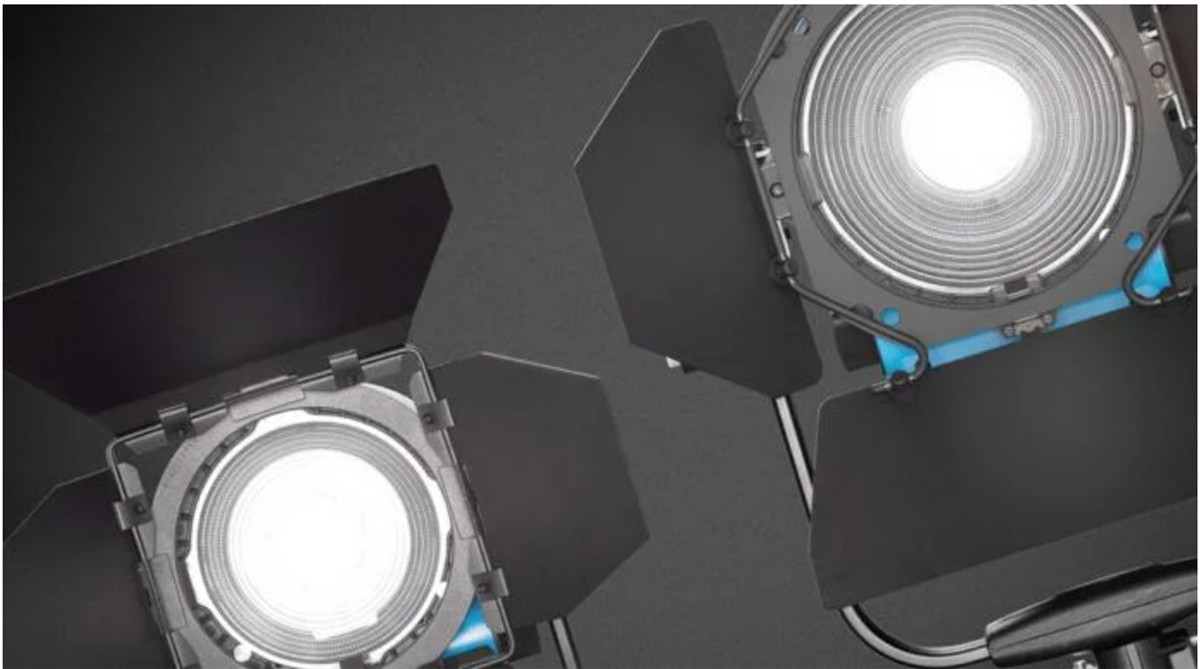factory low price Ir Fresnel Lenses - Glass Fresnel Lens Dia 150 Borosilicate Glass Optical Collimator Lens for Projector – DG
factory low price Ir Fresnel Lenses - Glass Fresnel Lens Dia 150 Borosilicate Glass Optical Collimator Lens for Projector – DG Detail:
Product Description
Fresnel lens, succession of concentric rings, each consisting of an element of a simple lens, assembled in proper relationship on a flat surface to provide a short focal length. The Fresnel lens is used particularly in lighthouses and searchlights to concentrate the light into a relatively narrow beam.
Fresnel lenses are a special kind of optical lenses, where the surface profile contains annular steps such that a given focal length can be achieved with a substantially reduced thickness of the lens. This reduction of thickness can be very useful when realizing lenses with very large diameters and substantial dioptric powers. The original application of the inventor, Augustin-Jean Fresnel, was for lighthouses, where the light generated by a high-power lamp had to be redirected with a reasonably compact optical setup. This operation principle is illustrated in Figure 1, showing two versions of lenses with the same focal length. The upper version has more annular steps and can therefore be made thinner.
Compared with an ordinary lens with a smooth surface shape, a Fresnel lens usually has substantially inferior optical properties; the steps cause some loss of light and scattering in unwanted directions. For the typical applications, however, such imperfections can be tolerated, while the advantage of a much reduced thickness and accordingly reduced weight can be beneficial or even essential.

Fresnel lenses are mostly used in the area of illumination, where non-ideal optical performance can be easily tolerated. For example, for the original application in lighthouses it was no problem that some of the light was not ideally directed. Fresnel lenses are widely used as condensers in overhead projectors, where the small thickness is of essential importance, but there is a number of other application areas such as projection TVs, traffic lights and concentrating solar power.
There are also imaging applications, for example lightweight hand-held magnifier lenses and even photography with compact cameras.
Specification
1. Materials: Optical Glass or Plastic.
2. Diameter: 50mm, 113mm, 150mm, 175mm, 300mm
3. Thickness: as required
4. Focal length: as required
5. Ridges: as required
6. Surface quality: as required
Product Photo


Testing Equipments

Product detail pictures:





Related Product Guide:
Persisting in "High quality, Prompt Delivery, Aggressive Price", we have established long-term cooperation with clientele from both equally overseas and domestically and get new and old clients' higher comments for factory low price Ir Fresnel Lenses - Glass Fresnel Lens Dia 150 Borosilicate Glass Optical Collimator Lens for Projector – DG , The product will supply to all over the world, such as: Albania, Mongolia, Norway, In order to carry out our goal of "customer first and mutual benefit" in the cooperation, we establish a specialist engineering team and a sales team to supply the best service to satisfy our customers' requirements. Welcome you to cooperate with us and join us. We have been your best choice.
Good quality and fast delivery, it's very nice. Some products have a little bit problem, but the supplier replaced timely, overall, we are satisfied.



